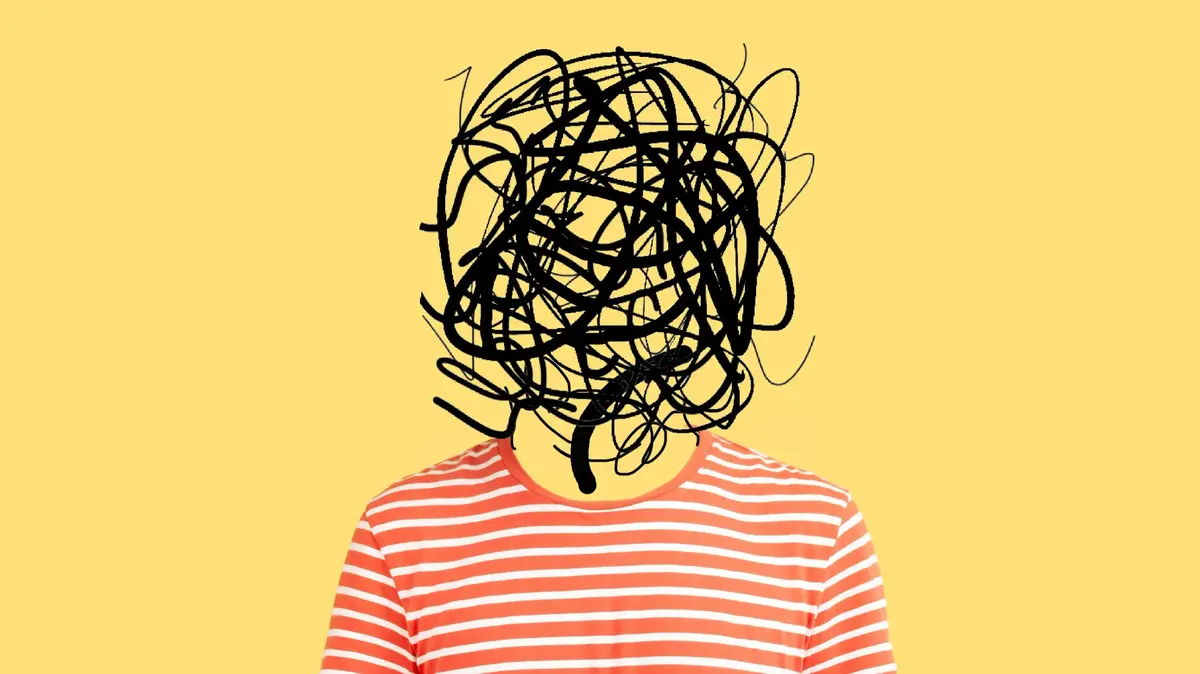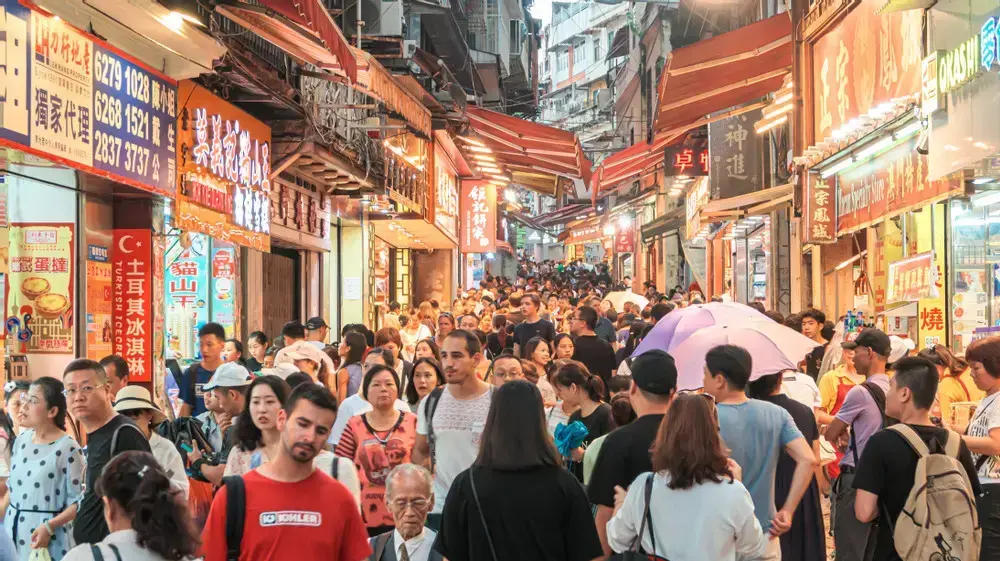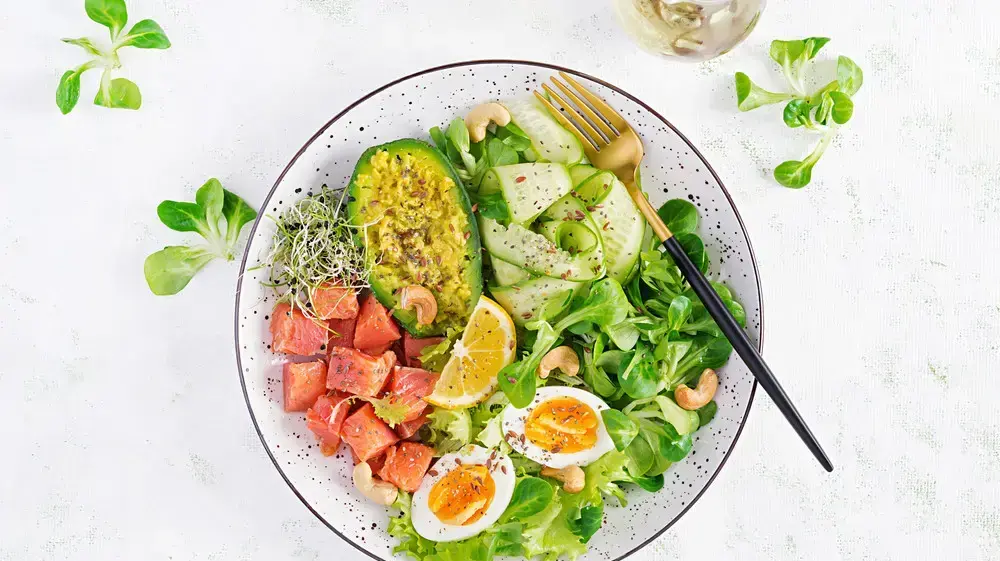Rarely does the person who laboriously strives to cover his tracks throughout his existence arrives in the other life turned into a myth.
However, this has been the case of Vivian Maier, (New York, 1926 - Chicago, 2009), whose figure is hidden among paradoxes.
In such a way that her unusual biography seems to eclipse the extraordinary work that the artist always tried to keep safe and her enigma grows as more is known about her person.
"And what's your name?" asked one of the children she took care of while the Mary Poppins in the photograph filmed her with one of her cameras.
“I am the mysterious woman”, answered Maier, the protagonist of one of the most attractive stories in the history of the medium.
So it is not surprising that given the noise and unknowns generated around the photographer, in 2017, during a conference held at the MAST Foundation in Bologna, Joan Fontcuberta assured: "I created Vivian Maier."
Although this master of lies as an art joked, accustomed to testing the viewer's ability to doubt what he sees, he did show that deep down authorship is still "a process of ideological, cultural and economic fabrication", as he himself proved when he created Ximo Berenguer.
Hegemonic values also exist in art.
'Self Portrait', Chicago, Illinois, 1963.Vivian Maier © Estate of Vivian Maier;
Courtesy of Maloof Collection and Howard Greenberg Gallery;
NY
'Self Portrait', New York, NY., May 5, 1955.Vivian Maier © Estate of Vivian Maier;
Courtesy of Maloof Collection and Howard Greenberg Gallery;
NY
'Self-portrait'.
No date or place.Vivian Maier © Estate of Vivian Maier;
Courtesy of Maloof Collection and Howard Greenberg Gallery;
NY
'Riverside Drive', New York, 1953.Vivian Maier © Estate of Vivian Maier;
Courtesy of Maloof Collection and Howard Greenberg Gallery;
NY
'Darkness and Light', New York, 1954.Vivian Maier © Estate of Vivian Maier;
Courtesy of Maloof Collection and Howard Greenberg Gallery;
NY
'Self Portrait', Chicago, 1956-1957.Vivian Maier © Estate of Vivian Maier;
Courtesy of Maloof Collection and Howard Greenberg Gallery;
NY
'City Sidewalks', New York, 1959.Vivian Maier © Estate of Vivian Maier;
Courtesy of Maloof Collection and Howard Greenberg Gallery;
NY
Kirk Douglas and Audrey Hepburn, 1960s.Vivian Maier © Estate of Vivian Maier;
Courtesy of Maloof Collection and Howard Greenberg Gallery;
NY
'Last Self Portrait', Chicago, 1996.Vivian Maier © Estate of Vivian Maier;
Courtesy of Maloof Collection and Howard Greenberg Gallery;
NY
Undoubtedly Maier existed, but secrecy marked the future of this artist who earned her living working as a nanny for several families until well into the nineties, while she was accumulating, with a miser's zeal and under lock and key, among boxes containing books, magazines, and stacks of newspapers, an archive of about a hundred and forty thousand photographs.
A treasure that she ended up keeping in a storage room until at the end of 2007, due to non-payment of rent, it was auctioned and scattered.
That must have been a hard blow for the author.
However, that November day in which, among other buyers, John Maloof, a 23-year-old former real estate agent, purchased several boxes of Maier's belongings in order to complete a book on the different neighborhoods of Chicago, his legend.
A parable of the unknown artist in life with the spices of a tale of intrigue that has fueled the public imagination for years and has led numerous genealogists, bloggers, and photography enthusiasts and experts to delve into the implausible backstory of this elusive and hoarding photographer who died in 2009, at the age of 83, without realizing that an unstoppable process was already underway to reveal her secret and catapulted her to fame.
She died virtually penniless and without direct heirs and now her estate could be worth millions of dollars.
and photography fans and experts to delve into the implausible backstory of this elusive and hoarding photographer who died in 2009, at the age of 83, without realizing that an unstoppable process was already underway to reveal her secret and catapulted her to fame. .
She died virtually penniless and without direct heirs and now her estate could be worth millions of dollars.
and photography fans and experts to delve into the implausible backstory of this elusive and hoarding photographer who died in 2009, at the age of 83, without realizing that an unstoppable process was already underway to reveal her secret and catapulted her to fame. .
She died virtually penniless and without direct heirs and now her estate could be worth millions of dollars.
Although the work of an artist is often inseparable from her own life, or from what we think we know about her, in the case of Maier much more.
And it is perhaps in her intriguing self-portraits where these two facets are best expressed.
Until now, more than six hundred self-portraits of her have been found in her archive, among her recurring street scenes, portraits and still lifes.
They go through 40 years of trajectory, from the fifties to the nineties and become a language within her own photographic language.
They are an important part of the author's artistic development that allows her to focus on herself.
Something that is curious in a person so hermetic about her life.
"They make her the photographer who has explored self-representation the most in the 20th century," says Anne Morín,
Vivian Maier.
The self-portrait and its double
, curated with Loredana De Pace.
It can now be seen in the Museo Santa Maria della Scala in Siena.
“Not even Lee Friedlander, creator of a self-portrait archetype, inquired so much into the genre, nor did he reach such a rich and complex degree of formulation.
Maier's photographs are more allusions than evidence and this makes them totally different”, says the curator.
Contrary to Narcissus who perishes contemplating her own image, Vivian Maier's interest in self-portraits is more like a frantic, desperate search for her own identity.
Condemned to invisibility, to a kind of non-existence due to her condition and social status, she will very discreetly and silently produce the irrefutable proof of her presence in this world, where she seemed to have no place”, writes Morín.
"She was a poet of the shadows," warns Morin.
“She didn't need to allude to her physical features to manifest her presence.
So that she frequently makes use of a schematic projection of herself (as Friedlander did), as if it were a skigraphy.
Thus, she uses the most minimalist photographic manifestation to tell us "I'm here".
On other occasions, she will make use of reflections and mirrors to go from the most schematic formulation to the most complete and effective, always displaying great formal wealth, challenging the viewer who sometimes needs reading time to really enter the scene.
'Self Portrait', New York, NY., May 5, 1955.Vivian Maier © Estate of Vivian Maier;
Courtesy of Maloof Collection and Howard Greenberg Gallery;
NY
Ann Marks, author of the latest biography dedicated to the artist,
Revealing Vivian Maier.
The untold story of the photographer nanny
(Paidós) goes a step further in the interpretation of the self-portraits, and points to "a correlation between their content and tone and the events that took place" in the artist's life.
Thus, Marks interprets the incorporation of the newspapers, which Maier accumulated without control, within these self-representations as the way in which the photographer “recognized the disorder that she could not face in real life”.
The biographer refers to this hoarding habit as a clear sign of a mental disorder.
A pathology that she uses not only to explain the tendency to secrecy but also to determine her criteria as a photographer.
"People are afraid of talking about mental or psychiatric issues," says the writer during a telephone conversation.
“It deals with a part of Maier's life that has been ignored,
when it was probably the most important thing to consider if one wants to understand his photography.
It is not something subjective.
The people he worked for were aware of his quirks.
I am against stigmatizing mental illness.
Obviously this was the key to delve into all these mysteries that surround the figure of the photographer”, says Marks.
Morín distances himself from this vision: “Photography is Maier's own room.
A land where she has decided to be free, and build her own identity.
Where she has decided to be someone and nothing more.
It is a space of freedom, not a space to relocate her pathologies or her difficulties within her”.
I am against stigmatizing mental illness.
Obviously this was the key to delve into all these mysteries that surround the figure of the photographer”, says Marks.
Morín distances himself from this vision: “Photography is Maier's own room.
A land where she has decided to be free, and build her own identity.
Where she has decided to be someone and nothing more.
It is a space of freedom, not a space to relocate her pathologies or her difficulties within her”.
I am against stigmatizing mental illness.
Obviously this was the key to delve into all these mysteries that surround the figure of the photographer”, says Marks.
Morín distances himself from this vision: “Photography is Maier's own room.
A land where she has decided to be free, and build her own identity.
Where she has decided to be someone and nothing more.
It is a space of freedom, not a space to relocate her pathologies or her difficulties within her”.
The truth is that the concealments shaped the photographer's life from a few days after coming into the world, when her mother, Marie Jaussaud, falsified her own last name on the girl's birth certificate, - so that her maiden name gave no clue to her own status as an illegitimate child.
Thus, the life of young Vivian unfolds under the wake of a family history that "encloses episodes of bastardry, bigamy, parental rejection, violence, alcohol, drugs and mental illness," says Marks, a former Dow Jones executive who began delving into Maier's life after seeing the documentary co-directed by Maloof,
Finding Vivian Maier
, nominated for the Oscars, would further swell the myth of the artist.
Marks's biography begins with an epigraph in which the descriptions used by those who knew Maier best confront each other.
Among them: Affectionate / Cold, Passionate / Frigid, Feminist / Traditional, Mary Poppins / Wicked Witch.
Although the research carried out by the author manages to provide and document many new data about the author's life, it brings together the hypotheses of doctors and psychiatrists whose second-hand diagnoses often lead to conjectures or speculations that revolve around a life defined by trauma and mental illness and lead to simplifying the psyche of an artist.
'Last Self Portrait', Chicago, 1996.Vivian Maier © Estate of Vivian Maier;
Courtesy of Maloof Collection and Howard Greenberg Gallery;
NY
At his death Maier left only 7,000 images in print.
Which meant 5% of a file in which 60% were negative and 30% reels to be revealed.
The different hypotheses considered up to now to explain this strange lack of paper copies alluded to their precarious economy, as well as an interest focused mainly on the act of photographing itself.
Something Marks disagrees with.
“It was not only the act of photographing but the act of possessing and accumulating that led her to the photographer, something that is consistent with her entire life,” says the biographer.
Given her difficulties in maintaining relationships, accumulating images and newspapers could be a way of collecting pieces of life and alleviating these deficiencies.
The fact that the best copies of Maier have been made posthumously remains a major obstacle that means that the most prestigious institutions have not yet incorporated works by the photographer into their collections.
“Ansel Adams used to remember that although in the art of music a composer writes the piece, it is an orchestra that he performs.
In photography this is quite different”, adds Marks.
"It is up to the experts to determine if the copies of the images made in full frame, as Maier saw them in her viewer, are enough to consecrate her."
This is a debate that has also surrounded the work of Garry Winogrand, who after his untimely death left thousands of images unrevealed.
Three decades after his death, the New York Metropolitan Museum organized an exhibition with part of the legacy, placing the edition and production of copies in the hands of curators and experts.
“Winogrand didn't place too much importance on the quality of his prints,” curator Erin O'Toole has argued, “All he cared about was getting the shot […] It's better to bring the work out and let it live or die on its own merits to having it stored in a box”.
Something that Marks shares and makes applicable to Maier's work.
“If there is one characteristic that globally defines her work, it is her extraordinary ability to capture the human condition.
There is a universality in her work.
The mystery of this master of the enigma that Maier was is still alive.
She understood better than anyone that mystery is what occupies the center of creation and that the artist's role is to intensify it.
Reveal Vivian Maier.
The untold story of the photographer nanny
.
Ann Marks.
Translation by Ignacio Villaro Gumpert.
Paidós Editions, 2022. 440 pages.
24 euro.
Vivian Maier.
The self-portrait and its double
From her.
Santa Maria della Scala Museum.
Siena.
Italy.
Until March 23.
You can follow BABELIA on
and
, or sign up here to receive
our weekly newsletter
.
Subscribe to continue reading
Read without limits
Keep reading
I'm already a subscriber

/cloudfront-eu-central-1.images.arcpublishing.com/prisa/JB72YVWDBNA3XBVFCRRR2TTAYI.jpg)




/cloudfront-eu-central-1.images.arcpublishing.com/prisa/63IZKYAU75BVXF4OCHSR7DD2LM.jpg)
/cloudfront-eu-central-1.images.arcpublishing.com/prisa/UGT3A2CDINB3LN3NMTZ4RJJOTU.jpg)